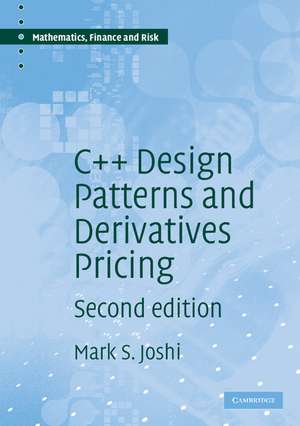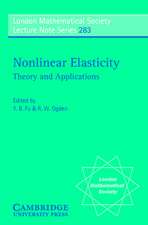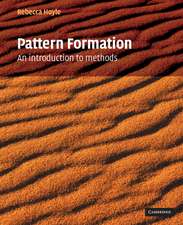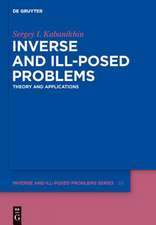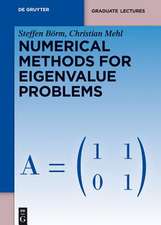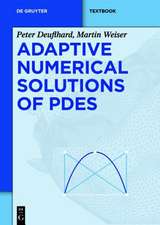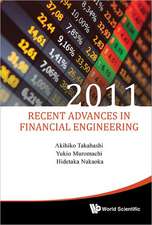C++ Design Patterns and Derivatives Pricing: Mathematics, Finance and Risk, cartea 2
Autor M. S. Joshien Limba Engleză Paperback – 21 mai 2008
Preț: 503.27 lei
Preț vechi: 565.47 lei
-11% Nou
Puncte Express: 755
Preț estimativ în valută:
96.30€ • 100.75$ • 79.100£
96.30€ • 100.75$ • 79.100£
Carte tipărită la comandă
Livrare economică 02-16 aprilie
Preluare comenzi: 021 569.72.76
Specificații
ISBN-13: 9780521721622
ISBN-10: 0521721628
Pagini: 306
Ilustrații: 50 exercises
Dimensiuni: 174 x 247 x 16 mm
Greutate: 0.64 kg
Ediția:2nd edition.
Editura: Cambridge University Press
Colecția Cambridge University Press
Seria Mathematics, Finance and Risk
Locul publicării:Cambridge, United Kingdom
ISBN-10: 0521721628
Pagini: 306
Ilustrații: 50 exercises
Dimensiuni: 174 x 247 x 16 mm
Greutate: 0.64 kg
Ediția:2nd edition.
Editura: Cambridge University Press
Colecția Cambridge University Press
Seria Mathematics, Finance and Risk
Locul publicării:Cambridge, United Kingdom
Public țintă
Academic/professional/technical: Research and professionalCuprins
Preface; 1. A simple Monte Carlo model; 2. Encapsulation; 3. Inheritance and virtual functions; 4. Bridging with a virtual constructor; 5. Strategies, decoration and statistics; 6. A random numbers class; 7. An exotics engine and the template pattern; 8. Trees; 9. Solvers, templates and implied volatilities; 10. The factory; 11. Design patterns revisited; 12. The situation in 2007; 13. Exceptions; 14. Templatizing the factory; 15. Interfacing with EXCEL; 16. Decoupling; A. Black–Scholes formulas; B. Distribution functions; C. A simple array class; D. The code; Bibliography; Index.
Recenzii
'This is a short book, but an elegant one. It would serve as an excellent course text for a course on the practical aspects of mathematical finance.' International Statistical Institute
'This book is thought-provoking and rewarding. Even for the less experienced programmer, the presentation is readily accessible, and the coded examples can be directly used to solve real-life problems.' Journal of the American Statistics Association
'This book, although it is quite short, does cover a significant amount of material and does deal with some fairly advanced topics that are important to practitioners. The real strength of the book is its clarity and conciseness.' SIAM Review
'This book is thought-provoking and rewarding. Even for the less experienced programmer, the presentation is readily accessible, and the coded examples can be directly used to solve real-life problems.' Journal of the American Statistics Association
'This book, although it is quite short, does cover a significant amount of material and does deal with some fairly advanced topics that are important to practitioners. The real strength of the book is its clarity and conciseness.' SIAM Review
Notă biografică
Descriere
Explains how to create well-designed, structured, reusable C++ code, particularly for financial applications.
